This article was medically reviewed by Jonas DeMuro, MD and by wikiHow staff writer, Jessica Gibson. Dr. DeMuro is a board certified Pediatric Critical Care Surgeon in New York. He received his MD from Stony Brook University School of Medicine in 1996. He completed his fellowship in Surgical Critical Care at North Shore-Long Island Jewish Health System and was a previous American College of Surgeons (ACS) Fellow.
There are 16 references cited in this article, which can be found at the bottom of the page.
This article has been viewed 118,858 times.
If you've ever broken in a pair of shoes or worked in the garden, you're probably familiar with getting blisters. Blisters are small bubbles or pockets of fluid caught within the upper layers of skin. You can get blisters from friction (rubbing), burns, infections, cold or by exposure to some chemicals (including some medications). If you are dealing with an infected blister (one filled with green or yellow fluid), you'll need to carefully monitor it for improvement. While in some cases you can treat an infected blister at home, more severe cases require medical attention.
Steps
Draining an Infected Blister at Home
-
1Consider if you should drain the blister. Usually, you should leave an unpopped blister alone to prevent aggravating it and making the infection worse. But, if your blister is on a joint and places pressure on it, you may want to drain it.[1]
- Draining the pus can relieve the pressure and reduce pain. Keep in mind that you'll need to monitor the blister and keep it bandaged and clean after you drain it.
-
2Clean the blister area. To prevent the spread of infection, wash your hands and clean the blister. Wipe the area around the blister with rubbing alcohol or an iodine solution to kill off any bacteria on the skin.
- You should also disinfect a needle by swabbing it with the rubbing alcohol or iodine solution or holding it in a flame for about a minute.
Advertisement -
3Pierce the blister. Take the disinfected needle and pierce the skin at the base of the blister. This should be near the bottom of the blister. Make several holes so that the fluid can drain out of the blister. Avoid applying a lot of pressure which could cause the blister to burst open.[2]
- You might want to take a cotton ball or piece of gauze to dab or wipe up the fluid or pus that leaks out of the blister.
- Wash the infected area out with either hydrogen peroxide, saline or soap and water. Do not use alcohol or iodine as they will irritate the wound.
-
4Apply an ointment. Once you've drained the blister, you may notice that the overlying skin of the blister looks saggy. Don't pick at this skin which could damage the blister and make the infection worse. Instead, leave the overlying skin as intact as possible. Apply an antibiotic ointment to the drained blister.[3]
-
5Cover the blister with a bandage. Since the wound is technically open, you need to apply a bandage. You could also tape a gauze pad onto the blister. Change the bandage or gauze pad every day so the blister has a chance to heal.[4]
- Always wash your hands before and after you change the dressing.
- Remove the dressing daily before bathing, and allow the water to clean it out in the shower. Pat it dry after the shower and reapply the bandage.
Using Unverified Natural Remedies
-
1Apply garlic paste. Crush a single clove of garlic into a paste. You can also purchase garlic paste, but make sure there aren't a bunch of other ingredients added. Apply the garlic paste directly to the blister. You can also mix the garlic paste with a few drops of castor oil to make it easier to spread.
- Garlic has natural antibiotic properties which can kill bacteria or viruses that could be infecting your blister.[5]
-
2Use aloe vera gel. Apply a few drops of aloe vera gel directly onto the blister. If you're using gel directly from the plant, you may need to squeeze it out of the leaf and gently rub it over your blister. If you purchase aloe vera gel, choose a product that lists aloe vera as the first ingredient and doesn't contain other fillers.
- Aloe contains natural anti-inflammatory and antibiotic substances that may help treat the infected blister while moisturizing the skin.[6]
-
3Apply tea tree oil to the blister. Look for a pure tea tree oil and apply it directly to your blister. It may be easiest to drop the oil onto a cotton swab and gently dab it on your blister. You can also choose a blister ointment that contains tea tree oil and apply it to your blister.
- Tea tree oil has antibacterial, antimicrobial and anti-inflammatory properties. More research is needed to determine how effective tea tree oil is against bacterial, fungal and viral infections.[7]
-
4Apply soaked herbs to your blister. Take ¼ teaspoon of thyme or oregano and stir in about a ½ teaspoon of hot water. Let the thyme and oregano leaves soak in the hot water until they swell up. Let the mixture cool apply the thyme or oregano leaves directly onto your blister. Both thyme and oregano are traditionally used to treat infections.[8]
- If you can find mullein,[9] yarrow or plantain outside, take a few leaves (or flowers from mullein) and crush them into a paste. Add a few drops of castor oil if you need to make the paste easier to spread. Apply the paste directly to the blister. These plants have antibiotic and anti-inflammatory properties.[10]
Caring for an Infected Blister
-
1Look for signs of infection. If your blister is infected, it will appear to be filled with a cloudy, yellowish or greenish fluid. The skin around the blister will look red and could be swollen or tender. If you have more than three or four infected, don't try to treat them at home. You may need medical attention.[11]
- If you see reddish streaks along your skin starting at or around the blister or if you have persistent drainage, pain around the blister, or a fever, you might have a more serious infection (like lymphangitis).[12] If this happens, make sure to call your physician for advice.
-
2Keep your skin clean and dry. Blisters can be caused by sweat that becomes trapped under your skin. If you exercise or sweat heavily, immediately bathe or rinse the sweat away. Using a mild soap is usually enough to prevent infection. Gently pat your skin dry.[13]
- Avoid breaking the skin of your blister. Never rub the blister when washing or drying.
-
3Avoid irritating the blister. If the blister hasn't broken, try to keep it intact. Consider using moleskin, bandages, or petroleum jelly to prevent skin or shoes from rubbing against your blister which can irritate it further. If the blister is on your hand, wear gloves.[14]
- Even moist skin can create friction and aggravate your blister. You may want to sprinkle aluminum chloride or talcum powder on the skin around your blister to keep the skin completely dry.[15]
-
4Get medical attention if the blisters don't improve. If you have one or two blisters, you can probably treat them at home. But, if you have several large blisters and they appear all over your body, you should see your doctor right away. Contact your doctor if you have painful, inflamed, or recurring blisters.[16] You may have a more serious health condition that needs different treatment like:[17]
- Pemphigus: a chronic skin disease
- Bullous pemphigoid: an autoimmune skin disease
- Dermatitis herpetiformis: a chronic skin rash
References
- ↑ https://www.uofmhealth.org/health-library/aa2967
- ↑ https://www.aad.org/public/everyday-care/injured-skin/burns/prevent-treat-blisters
- ↑ https://my.clevelandclinic.org/health/diseases/16787-blisters
- ↑ https://www.nhsinform.scot/illnesses-and-conditions/injuries/skin-injuries/blisters#treating-blisters
- ↑ https://www.stanfordchildrens.org/en/topic/default?id=garlic-19-Garlic
- ↑ Hamid Nasri, Mahmoud Bahmani, Najmeh Shahinfard, Atefeh Moradi Nafchi, Shirin Saberianpour, Mahmoud Rafieian Kopaei, Medicinal Plants for the Treatment of Acne Vulgaris: A Review of Recent Evidences. Jundishapur J Microbiol. 2015 November; 8(11): e25580.
- ↑ http://www.ncbi.nlm.nih.gov/pmc/articles/PMC1360273/
- ↑ Priyam Sinha, Shruti Srivastava, Nidhi Mishra, Narayan Prasad Yadav, New Perspectives on Antiacne Plant Drugs: Contribution to Modern Therapeutics,Biomed Res Int. 2014; 2014: 301304.
- ↑ https://pubmed.ncbi.nlm.nih.gov/16222647/
- ↑ http://www.anniesremedy.com/chart.php?prop_ID=6
- ↑ http://www.nhs.uk/conditions/blisters/Pages/Introduction.aspx
- ↑ https://www.nlm.nih.gov/medlineplus/ency/article/007296.htm
- ↑ https://health.clevelandclinic.org/5-ways-to-avoid-blisters-and-the-best-ways-treat-them/
- ↑ https://my.clevelandclinic.org/health/diseases/16787-blisters
- ↑ https://health.clevelandclinic.org/2015/07/5-ways-to-avoid-blisters-and-the-best-ways-treat-them/
- ↑ http://www.nhs.uk/Conditions/Blisters/Pages/Treatment.aspx
- ↑ https://www.nhsinform.scot/illnesses-and-conditions/injuries/skin-injuries/blisters#causes-of-blisters
About This Article
An infected blister may appear red and swollen, or feel painful. If you notice a blister, try to keep your skin dry and clean, since leaving sweat or dirt on your skin can worsen infections. You should also cover the blister with a bandage to keep the wound clean. Change the bandage each day to help the wound heal. Avoid scratching or itching your blister, which can worsen your infection. If the infection gets worse or you have several infected blisters on your body, see your doctor to get professional medical care. For tips from our Medical co-author on how to tell if a blister is infected, read on.
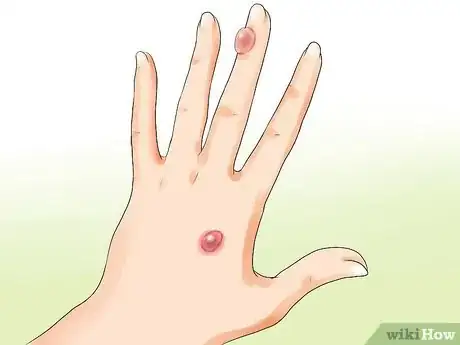
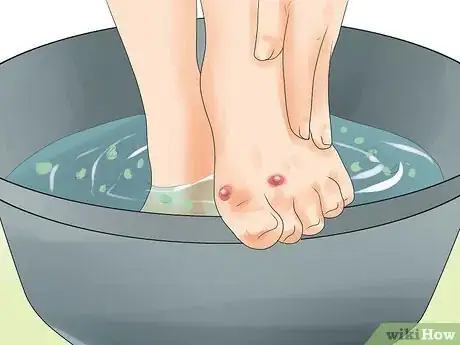

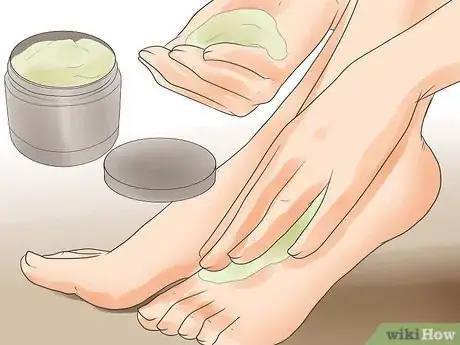
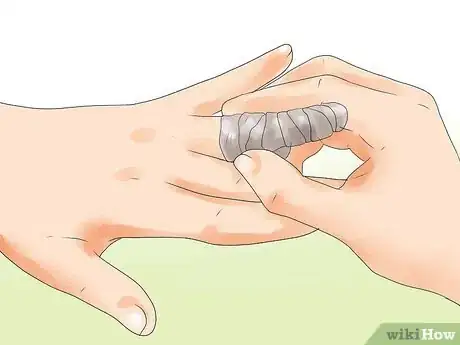
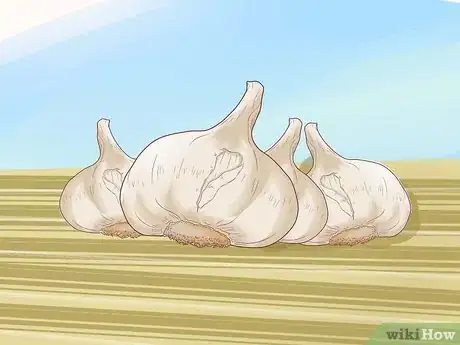
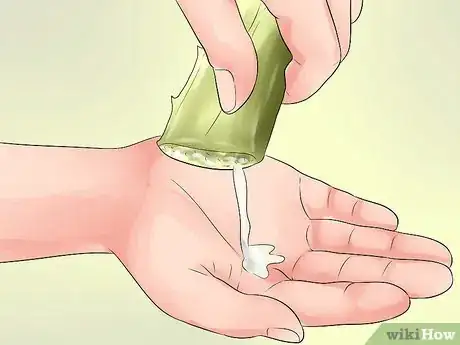
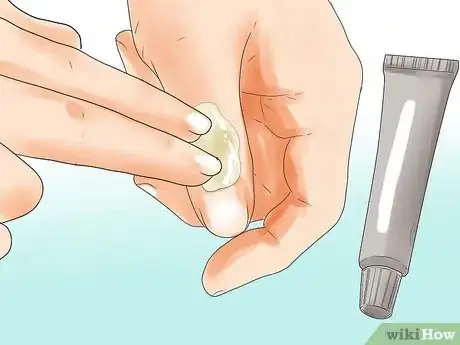


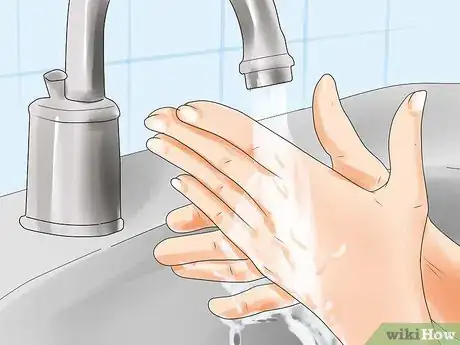
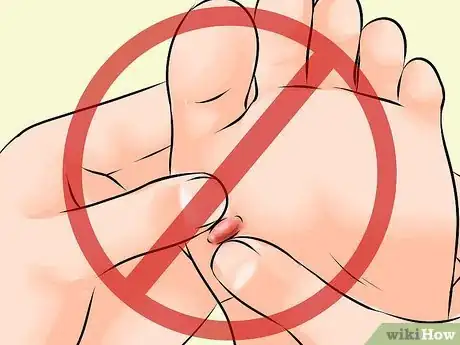
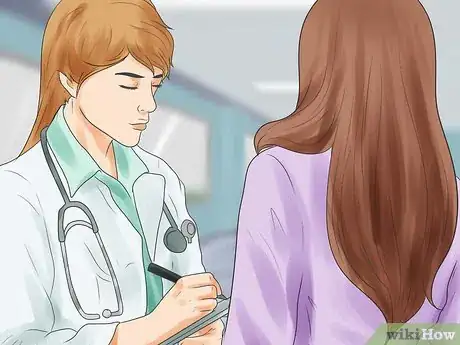
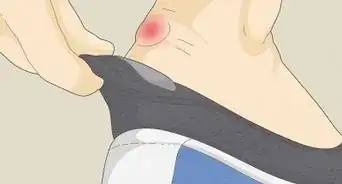
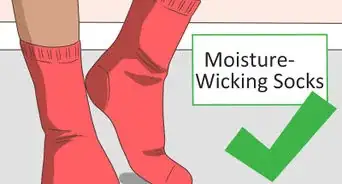
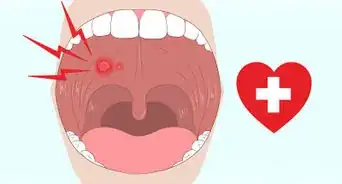
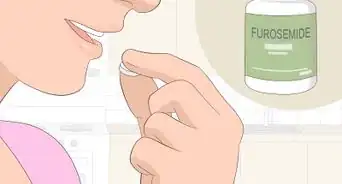
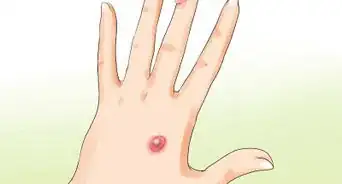
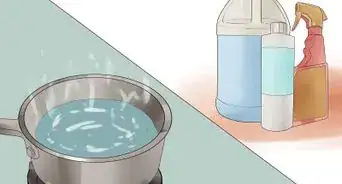
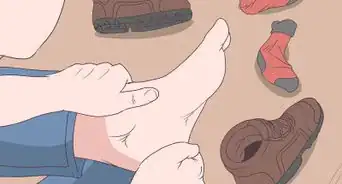
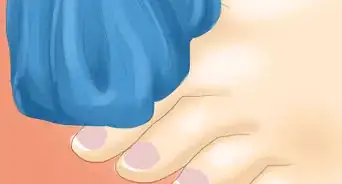
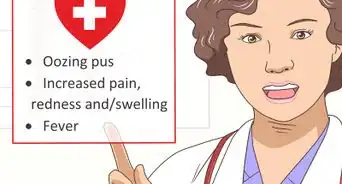

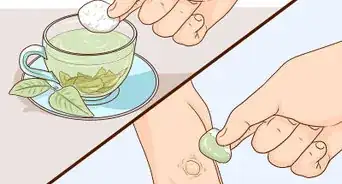
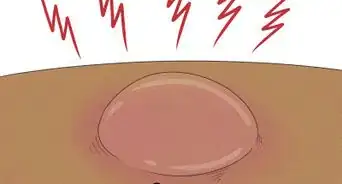
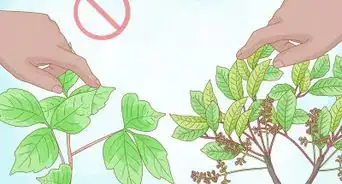
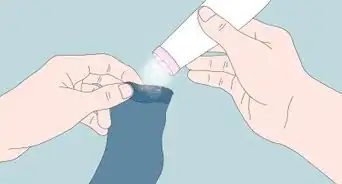








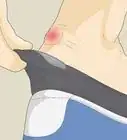
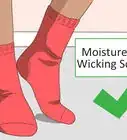

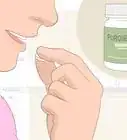



































Medical Disclaimer
The content of this article is not intended to be a substitute for professional medical advice, examination, diagnosis, or treatment. You should always contact your doctor or other qualified healthcare professional before starting, changing, or stopping any kind of health treatment.
Read More...